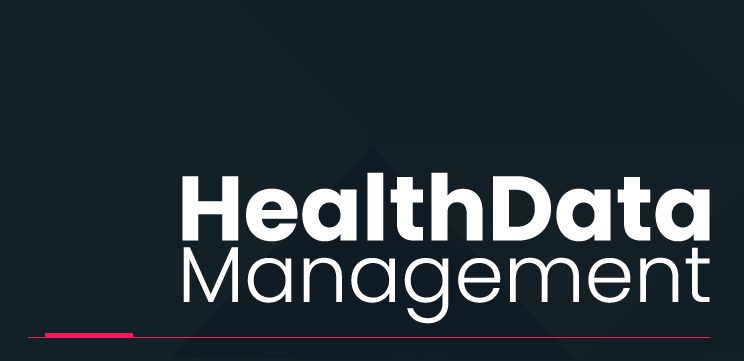
How healthcare organizations are using multilingual support and technology to tackle health disparities, and improve patient access and outcomes.
Health equity is a fundamental principle that aims to ensure everyone has an equal opportunity to achieve optimal health.
Access to healthcare can be influenced by a range of social determinants of health (SDoH), such as socioeconomic status, race, age, geographic location and more. Improving health equity by expanding patient access to quality healthcare and addressing SDoH is a key mission of many healthcare organizations.
Today, increasing attention is being paid to health disparities in the U.S., in part because of observations of the COVID-19 pandemic’s disproportionate effects on minority groups. Yet improving health equity on a wide scale remains a challenge.
According to the Center for Disease Control, improving health equity requires ongoing societal efforts to address historical and contemporary injustices, eliminate preventable health disparities, and overcome economic, social and other obstacles to healthcare.
Language barriers are a significant obstacle to achieving positive health outcomes – they can lead to miscommunication between patients and medical professionals, reduce patient satisfaction, and have adverse effects on healthcare quality and patient safety.
The impact of language barriers
For the one in 11 Americans with limited English proficiency, accessing care can be a challenge, particularly when it comes to interacting with front-office staff, medical personnel and healthcare organizations’ phone representatives.
In a recent study conducted by Carenet Health in collaboration with Momentive, a third-party researcher, 34.7 percent of respondents reported that a language barrier was a factor in a poor telephone customer support experience. Language barriers also can lead to miscommunication between patients and medical professionals, reduced patient satisfaction, and compromised healthcare quality and patient safety.
Immigrants, refugees and individuals from marginalized communities are particularly vulnerable to language barriers in healthcare. These groups often face multiple barriers to accessing care, such as limited financial resources or lack of access to consistent transportation.
Language barriers can further compound these challenges, making it difficult for individuals to express their health concerns and symptoms, understand care instructions and receive appropriate treatment. This societal barrier and others can result in healthcare consumers delaying or avoiding medical care, leading to poorer health outcomes and higher rates of emergency department visits for otherwise treatable medical conditions.
While language barriers can cause care access challenges, there are steps health organizations across the continuum can take to alleviate this barrier. By providing multilingual support, healthcare organizations can reduce the negative impacts of language barriers and improve outcomes for patients who have limited English proficiency.
Benefits of multilingual support
To promote health equity and overcome language barriers, healthcare organizations should prioritize the provision of language services, including interpreters, bilingual staff and translation technology. These resources can bridge the communication gap between healthcare providers and patients, ensuring accurate information exchange and making care more individualized, effective and patient-centric.
Here are four ways to incorporate multilingual support for healthcare consumers:
Hire and train multilingual staff. Connecting patients with limited language proficiency with a provider who speaks their first language can go a long way in building trust, facilitating proper triage and preventing unnecessary emergency care visits. Training staff as interpreters and implementing cultural competency training also can enhance their ability to understand and address the unique needs of patients.
Leverage digital and AI translation. In the past, multilingual support was limited to in-person interpreters and bilingual staff. However, advancements in technology have drastically expanded the availability of these services. Digital and AI-driven solutions can be implemented to provide language support and bolster the work of the valuable frontline workers and staff who are working to break down language barriers. Telemedicine platforms can facilitate remote interpretation services, enabling patients to communicate with healthcare providers in their preferred language.
Implement multilingual online scheduling support. Mobile applications and translation devices can also assist in online appointment scheduling and help limited language proficient patients find the best-fit appointment and provider for their needs. Providers and health plans can implement multilingual online scheduling support through on-page translation and advanced provider search options that enable healthcare consumers to filter results by languages spoken by providers.
Offer multilingual phone and chat support. Multilingual phone support is critical to improving care access for diverse patient populations by helping patients obtain answers to questions about medications, diagnoses, pre- and post-visit instructions, and more. Multilingual communication should extend to all forms of patient outreach and communication, including text, email, voicemail and live phone calls.
Language barriers can have a profound impact on health equity by exacerbating health disparities and limiting access to quality healthcare services. Healthcare organizations can lessen language barriers by implementing strategies such as language services and cultural competency training to bridge the communication gap.
Embracing technology and innovation can further enhance language access, making healthcare more inclusive and equitable. Addressing language barriers in healthcare is a critical step towards achieving health equity and improving the overall well-being of diverse populations.
Integrating multilingual support into online scheduling, medical call centers and patient outreach can improve access to care, leading to more positive health outcomes. By leveraging multilingual telehealth, engagement, and clinical support and advocacy solutions, organizations can drive patient access and adherence, empowering healthcare consumers to seek preventative care and take more control of their health.
Skip Hanson is executive vice president of service delivery at Carenet Health.


